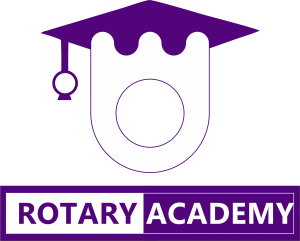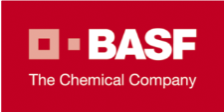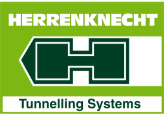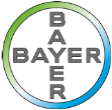Looking at an electric motor, in whatever industry or sector you are, there are the main concepts and working parts everyone should know. This is crucial in having a common language with your technical, finance, admnistrative, and maagement teams. Watch this episode to learn more.

Part 6
Parts of a Motor
Watch the above animation in full, & Access other episodes now!
Signup for FREE to receive access >>>
Animated Video Tutorial Training Series - Part 6
Parts of a Motor
Three-phase induction motors are the most widely used motors that are used to drive industrial wheels. Simple and robust design, cheap price, low maintenance cost and easy connection to the three-phase source are the main benefits of induction motors. Although the construction of three-phase AC induction motors is much simpler than DC motors. But the mechanism of operation, speed and torque control in this type of motors requires a deeper understanding of the concepts of electricity and magnetism. This type of engine is manufactured and operated in various powers from less than kilowatts to tens of megawatts.
In general, every induction machine, such as an electric motor or generator, consists of two parts, a stator and a rotor. The stator is the fixed part and the rotor is the moving part of the machine. Each of the machine’s components are placed on one of these two sections according to their function; For example, the cooling fan is installed on the rotor.
STATOR
Stator of induction machine includes body, magnetic core, coils and bearings at the beginning and end. The stator core is a set of steel sheets that have a groove on the inner surface, and after being placed together, it forms a hollow cylindrical volume. The three-phase windings of the induction machine are placed inside these grooves. In induction machines, due to hysteresis losses, the core material must be selected from electrical steel with low losses so that the hysteresis losses of the machine are as low as possible. Also, to reduce Foucault losses, they use the core laminating method. The dimensions of the stator core are such that it is easily fixed in the steel, cast iron or aluminum body of the stator. This body is made in the form of fins so that it has more contact surface with the air of its external environment for better ventilation. The function of the body is the final cover of the induction machine, which by placing the core and coils in it, while protecting the machine from entering foreign objects provide the possibility of installing the machine. Also, a terminal box is placed on the body of the machine to connect the coils. In addition, the two covers and bearings on the sides of the machine are designed in such a way that the moving part of the machine or the rotor rotates easily inside the stator and a suitable mechanical support is provided for the rotor. This part does not play a role in the electrical structure of the car and is considered among the mechanical equipment of the car. In heavy engines that cannot be moved by people, a hook is provided on top of the car body so that it can be moved with a crane.
WINDINGS
The stator of the three-phase induction machine should have at least three coils with an angle difference of 120° due to its circular 360° environment. In practice, the three-phase windings of the induction machine stator need at least 6 grooves. The coils are embedded in such a way that each coil has a 120-degree phase difference with the other. In industrial induction machines, stator grooves are more than this number. In induction machines, the beginning and end of the windings are brought into the terminal box to be connected to the output terminals. In this way, it is very simple to change the star or triangle connection in the terminal box.
ROTOR
The rotor of induction machines is of two types. The core of both types of rotors consists of circular magnetic sheets through the center of which the steel axis of the rotor passes. The steel axis of the rotor must have sufficient mechanical strength, but be weak in terms of magnetic properties.
- Caged rotor: This type of rotor consists of a number of copper or aluminum rods that are embedded in the grooves of the rotor’s magnetic sheet. Then these rods are connected on both sides by two rings of the same type with the rods (aluminum or copper).
- Wound rotor: On this type of rotor, three groups of coils are wound with a 120 degree difference like the stator of a three-phase induction machine with the same number of poles. These windings are insulated from the rotor body. The rotor windings are often connected in a star connection, and the other three ends of the windings are transferred by slip rings and brushes to the outside of the rotor to connect to the starting resistor. In this way, it is possible to access the internal circuit of the rotor in winding rotor induction machines.
As you have seen, the main parts of an electric motor include fixed parts and rotating parts, and the rest of the parts are installed on the fixed or rotating parts of the electric motor according to their needs and efficiency. The number of these sub-parts can be very large, and it is even possible to check and protect the performance of the electric motor with a significant number of sensors. For more information about the types of additives that can be installed on an electric motor, contact us.

Let’s Connect. We’ll call you at your convenience.
































